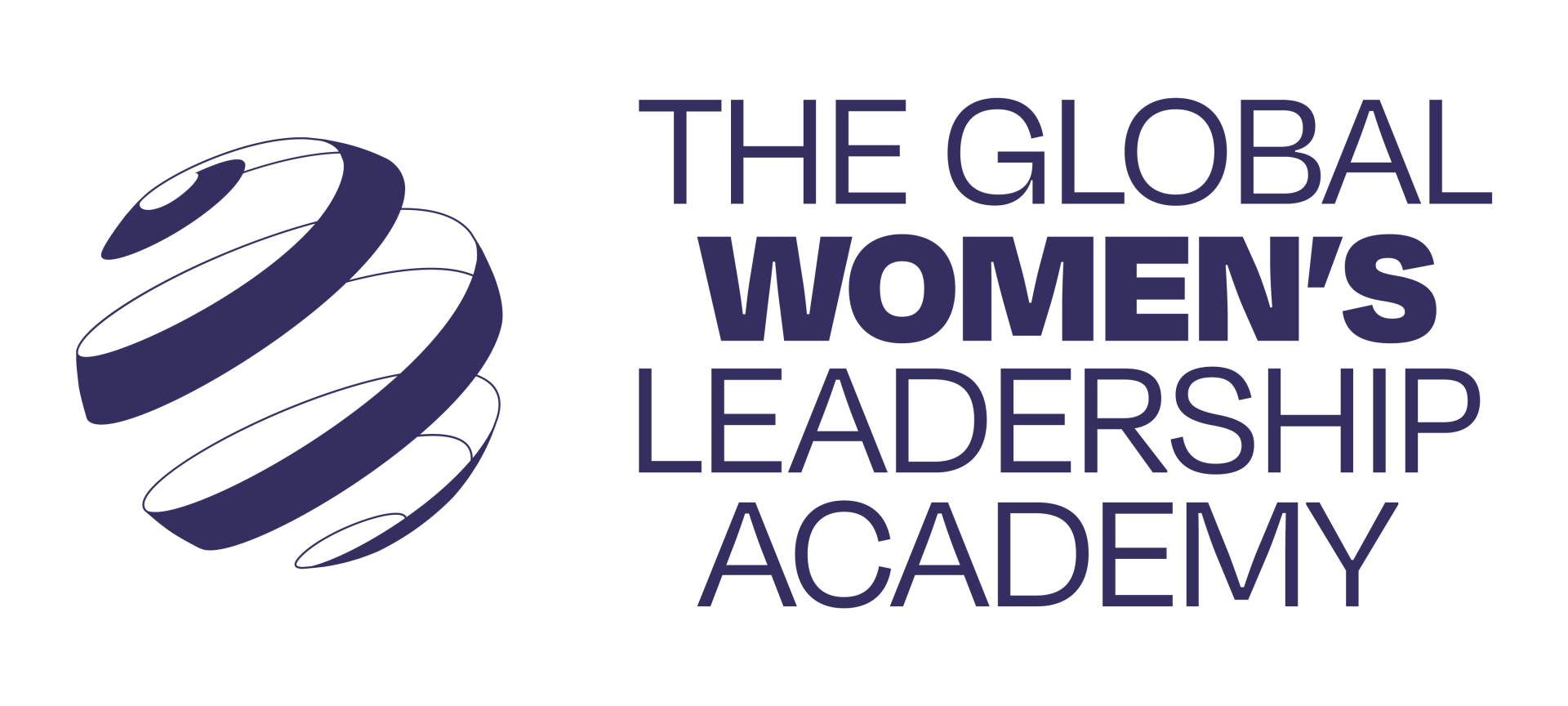I was recently graced with the opportunity of attending Dr Precious Moloi-Motsepe’s The Precious Little Black Book launch on the International Women’s day. It was there that I first heard of a concept that would grapple my mind for days on end. It was there in a room full of some of South Africa’s most powerful and influential women that I was introduced to Gender-Responsive Budgeting. This initiative that was the result of the 1995 Beijing World Conference on Women allows government and social institutions to account for the allocation of funds to advance women’s empowerment, gender-equality and minority groups.
This concept aggressively occupied my mind, I wanted to – and still want to – know more about it. Given the reiteration of the importance of gender equality and the policies that are drafted for the advancement of women socially as well as economically, nothing made more sense to me than to have a tool that enabled these institutions and the public to see what proportion of their budget is actually allocated for the implementation of these policies and programmes.
The National Democratic Institute (NDI) describes Gender Responsive Budgeting Initiatives aims as “to create a direct linkage between social and economic policies through the application of a gender analysis to the formulation and implementation of government budgets”. It further goes on to state that the initiative illustrates how “gender neutral” institutions actually transmit gender biases and that the budget analyses can be used in budget expenditures that seek to promote gender equity.
The UN Development Programme holds Gender Responsive Budgeting responsible for assisting women to participate in planning, budgeting and policy-making processes as well as tracking and monitoring policy implementation and service delivery to women amongst other things.
South Africa was one of the first 60 countries in the world to adopt the Gender Responsive budgeting initiative with its launch of the Women’s Based Initiative in 1996. The initiative quickly stalled and eventually stopped in 1999 until it was undertaken by The Motsepe Foundation in collaboration with the Department for Women, Children and People with Disabilities in 2012. In the 16 years of South Africa’s inaction countries like Senegal and Mozambique have lead the continent in making significant changes in increasing budget allocations for identified women’s priorities. Countries such as Rwanda, Morocco and Nigerian have also taken the lead in developing successful Gender Responsive Budgeting Initiatives.
The benefits of the much needed initiatives are bountiful for the country. Apart from allowing the public to generally hold the government accountable, the initiatives have been used to increase the enrolment of young girls and boys in schools as well as to increase the income and access to resources and services of marginalised groups aiding in the attempt to eradicate vicious poverty cycles amongst other things.
How then can our country make up for over a decade of inactivity? Can we even do that, and with what time frame? These are all questions I am yet to find the answers to. But I do believe that if we develop GRB initiatives in our residences, faculty houses, various sporting and cultural codes as well as other committees on campus we will achieve great results that not only empower female students but all other marginalised student groups. That is if we were to question and account for the amount of money that is actually allocated to bridging the gap between the number of male and female student leaders for example. Question and account for the percentage of the budget in our various committees that is allocated towards bridging the gap between Black, White, Asian, Coloured and Indian students’ experiences in order to create spaces where all students feel comfortable and included. Between the Haves and the Have-nots. We need to ask ourselves if we are really accommodating everyone if we decide to host Insync at a distant venue where students who want to support the show cannot make it if they do not have cars.
It is at these grassroots levels that students can really take the lead in GBR initiatives and lead the way for Higher education and social institutions including the government.
22 March 2017
- Kutlwano Mokgojwa, Vivid Ladies Facilitator
SOURCES CONSULTED
Brand South Africa. 2012. [O]. Available https://www.brandsouthafrica.com/south-africa-fast-facts/news-facts/women-020812 Accessed 20 March 2017.
Department for Women. [Sa]. [O]. Available http://www.women.gov.za/attachments/article/14/GRB%20 -%202013%20Report%20(Final).pdf Accessed 20 March 2017.
NDI. [Sa]. [O]. Available https://www.ndi.org/files/Handout%204%20-%20Gender%20Responsive%20Budgeting.doc Accessed 20 March 2017.
UNDP. [Sa]. [O]. Available http://www.undp.org/content/undp/en/home/ourwork/povertyreduction/focus_areas/ focus_gender_and_poverty/gender-responsiveplanningandbudgeting.html Accessed 20 March 2017.
UNWOMEN. [Sa]. [O]. Available http://www.unwomen.org/en/digital-library/publications/2010/1/introduction-to-gender- responsive-budgeting-and-aid-effectiveness Accessed 20 March 2017.
UNOSSC. [Sa]. [O]. Available http://ssc.undp.org/content/dam/ssc/documents/Expo/solutions/2008_to_2012/20123261 820320.Gender-responsive%20Budgeting%20(GRB)-2010.pdf Accessed 20 March 2017.
This concept aggressively occupied my mind, I wanted to – and still want to – know more about it. Given the reiteration of the importance of gender equality and the policies that are drafted for the advancement of women socially as well as economically, nothing made more sense to me than to have a tool that enabled these institutions and the public to see what proportion of their budget is actually allocated for the implementation of these policies and programmes.
The National Democratic Institute (NDI) describes Gender Responsive Budgeting Initiatives aims as “to create a direct linkage between social and economic policies through the application of a gender analysis to the formulation and implementation of government budgets”. It further goes on to state that the initiative illustrates how “gender neutral” institutions actually transmit gender biases and that the budget analyses can be used in budget expenditures that seek to promote gender equity.
The UN Development Programme holds Gender Responsive Budgeting responsible for assisting women to participate in planning, budgeting and policy-making processes as well as tracking and monitoring policy implementation and service delivery to women amongst other things.
South Africa was one of the first 60 countries in the world to adopt the Gender Responsive budgeting initiative with its launch of the Women’s Based Initiative in 1996. The initiative quickly stalled and eventually stopped in 1999 until it was undertaken by The Motsepe Foundation in collaboration with the Department for Women, Children and People with Disabilities in 2012. In the 16 years of South Africa’s inaction countries like Senegal and Mozambique have lead the continent in making significant changes in increasing budget allocations for identified women’s priorities. Countries such as Rwanda, Morocco and Nigerian have also taken the lead in developing successful Gender Responsive Budgeting Initiatives.
The benefits of the much needed initiatives are bountiful for the country. Apart from allowing the public to generally hold the government accountable, the initiatives have been used to increase the enrolment of young girls and boys in schools as well as to increase the income and access to resources and services of marginalised groups aiding in the attempt to eradicate vicious poverty cycles amongst other things.
How then can our country make up for over a decade of inactivity? Can we even do that, and with what time frame? These are all questions I am yet to find the answers to. But I do believe that if we develop GRB initiatives in our residences, faculty houses, various sporting and cultural codes as well as other committees on campus we will achieve great results that not only empower female students but all other marginalised student groups. That is if we were to question and account for the amount of money that is actually allocated to bridging the gap between the number of male and female student leaders for example. Question and account for the percentage of the budget in our various committees that is allocated towards bridging the gap between Black, White, Asian, Coloured and Indian students’ experiences in order to create spaces where all students feel comfortable and included. Between the Haves and the Have-nots. We need to ask ourselves if we are really accommodating everyone if we decide to host Insync at a distant venue where students who want to support the show cannot make it if they do not have cars.
It is at these grassroots levels that students can really take the lead in GBR initiatives and lead the way for Higher education and social institutions including the government.
22 March 2017
- Kutlwano Mokgojwa, Vivid Ladies Facilitator
SOURCES CONSULTED
Brand South Africa. 2012. [O]. Available https://www.brandsouthafrica.com/south-africa-fast-facts/news-facts/women-020812 Accessed 20 March 2017.
Department for Women. [Sa]. [O]. Available http://www.women.gov.za/attachments/article/14/GRB%20 -%202013%20Report%20(Final).pdf Accessed 20 March 2017.
NDI. [Sa]. [O]. Available https://www.ndi.org/files/Handout%204%20-%20Gender%20Responsive%20Budgeting.doc Accessed 20 March 2017.
UNDP. [Sa]. [O]. Available http://www.undp.org/content/undp/en/home/ourwork/povertyreduction/focus_areas/ focus_gender_and_poverty/gender-responsiveplanningandbudgeting.html Accessed 20 March 2017.
UNWOMEN. [Sa]. [O]. Available http://www.unwomen.org/en/digital-library/publications/2010/1/introduction-to-gender- responsive-budgeting-and-aid-effectiveness Accessed 20 March 2017.
UNOSSC. [Sa]. [O]. Available http://ssc.undp.org/content/dam/ssc/documents/Expo/solutions/2008_to_2012/20123261 820320.Gender-responsive%20Budgeting%20(GRB)-2010.pdf Accessed 20 March 2017.



